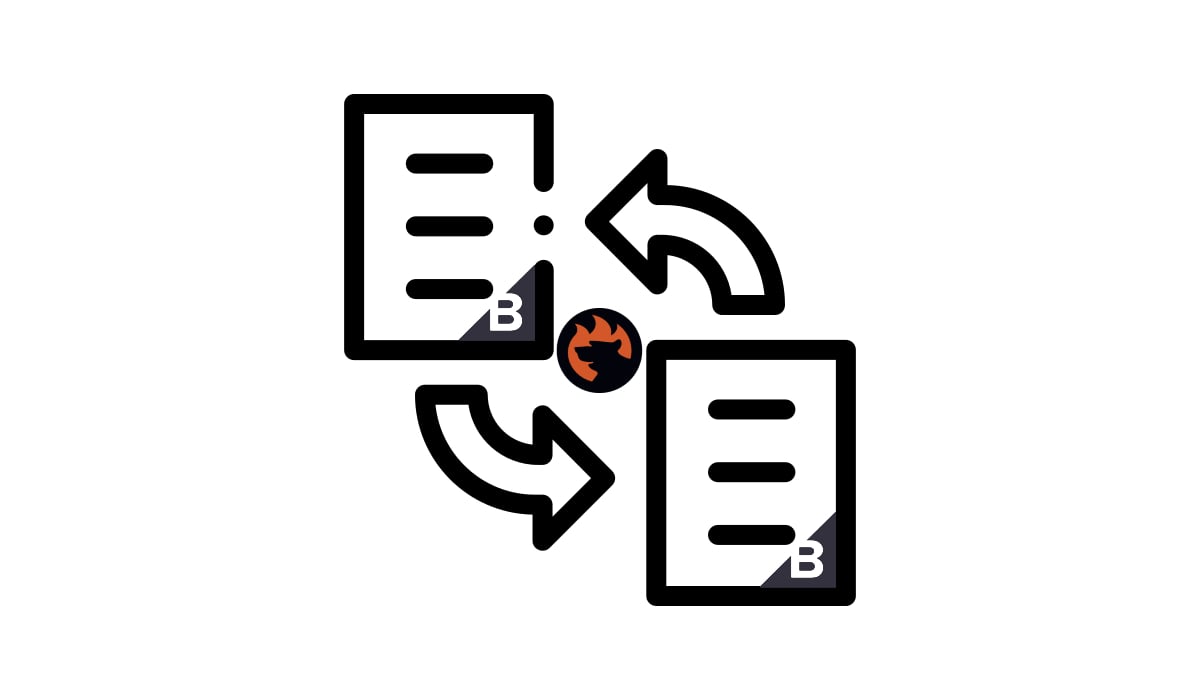How to Export XML Files From BigCommerce

When it comes to export file formats, your options are limited due to BigCommerce’s requirement for using CSV files. But what if your partner requires updates in XML? The only conventional method involves converting these files from CSV into XML after export, which can be quite frustrating. However, there’s a more efficient way to update your partner’s system without the need for this conversion, and it’s made possible through the . This application offers comprehensive support for XML files in both import and export operations. In this article, we’ll walk you through the process of exporting XML files to BigCommerce. But before we delve into that, let’s take a moment to understand the differences between CSV and XML. And don’t forget to explore our BigCommerce Cookbook for additional valuable recommendations. Continue Reading

